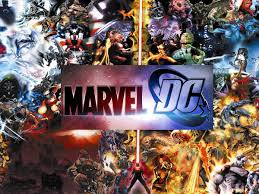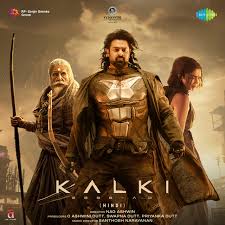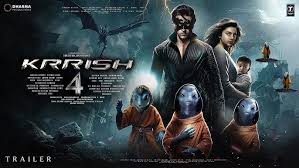Indian cinema has long been a tapestry of diverse genres, but the superhero film, once a rarity, has gradually carved its niche in Bollywood. From the whimsical invisibility of Mr. India to the mythological grandeur of Brahmāstra, Bollywood’s journey into the realm of caped crusaders reflects both global influences and indigenous storytelling.
🦸♂️ Early Forays: The Genesis of Indian Superheroes
The seeds of Indian superhero cinema were sown in the 1980s. Shekhar Kapur’s Mr. India (1987) stands as a pioneering effort, introducing audiences to Arun Verma, an everyman who gains invisibility through a gadget. The film blended science fiction with social commentary, and its antagonist, Mogambo, became an iconic villain in Indian cinema. WikipediaWikipedia
Around the same time, films like Shiva Ka Insaaf (1985) and Toofan (1989) attempted to explore the superhero genre, albeit with limited success. These early endeavors laid the groundwork for more ambitious projects in the future.
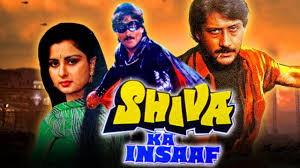

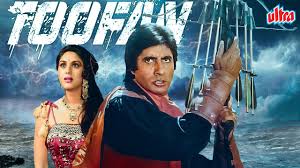
🚀 The 2000s: Embracing the Superhero Archetype
The turn of the millennium saw Bollywood embracing the superhero archetype with renewed vigor. Rakesh Roshan’s Koi… Mil Gaya (2003) introduced audiences to Rohit, a developmentally delayed young man who gains superhuman abilities after befriending an alien. The film’s success led to the birth of the Krrish franchise, with Hrithik Roshan portraying India’s first full-fledged cinematic superhero. Wikipedia+1Wikipedia+1
The Krrish series, combining elements of science fiction, action, and family drama, resonated with audiences and set new benchmarks for visual effects in Indian cinema. Its success demonstrated the commercial viability of the superhero genre in Bollywood.

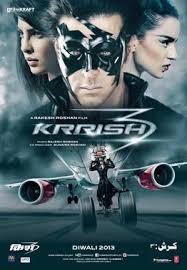
.
💥 Experimentation and Diversification
Post-Krrish, Bollywood witnessed a surge in superhero films, each attempting to bring something unique to the table. Ra.One (2011), starring Shah Rukh Khan, delved into the world of virtual reality, presenting a narrative where a video game character comes to life. Despite mixed reviews, the film was noted for its ambitious special effects and high production values.
Other films like A Flying Jatt (2016) introduced humor and environmental themes into the superhero narrative, while Bhavesh Joshi Superhero (2018) took a more grounded approach, focusing on vigilantism and social justice.

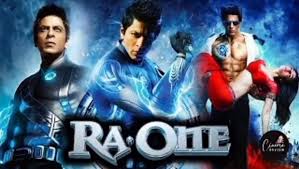
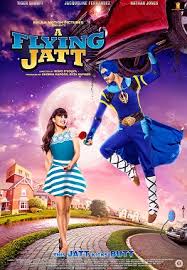
🌌 Integrating Mythology and Modernity
A distinctive feature of Indian superhero films is the integration of mythology with contemporary storytelling. Brahmāstra: Part One – Shiva (2022) exemplifies this trend, weaving ancient Indian myths into a modern superhero narrative. The film’s protagonist, Shiva, discovers his connection to a secret society wielding astral weapons, blending traditional lore with cutting-edge visual effects.
Similarly, regional cinema has contributed to the genre’s evolution. The Malayalam film Minnal Murali (2021) tells the story of a tailor who gains superpowers after being struck by lightning, offering a localized and culturally rich superhero tale.
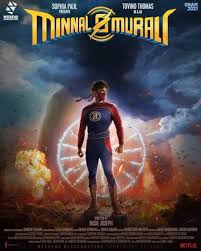
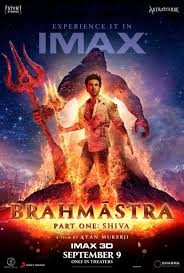
🎭 Challenges and the Road Ahead
Despite notable successes, Bollywood’s superhero genre faces challenges. High production costs, competition from Hollywood, and the difficulty of creating compelling, original narratives have hindered consistent growth. Moreover, the lack of interconnected cinematic universes, akin to Marvel or DC, limits the genre’s expansion in India.
However, the future holds promise. Upcoming projects like Krrish 4 and Kalki 2898 AD aim to push the boundaries of the genre, incorporating advanced visual effects and expansive world-building. With a rich tapestry of myths and a growing appetite for diverse storytelling, Indian cinema is poised to redefine the superhero narrative on its own terms.
